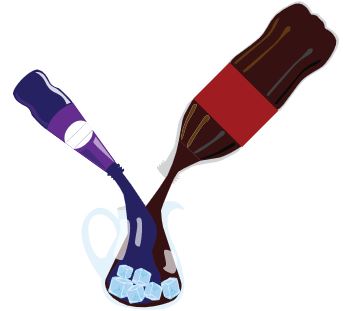Students are introduced to volume and area measurement in 3rd grade. This usually starts with two-dimensional area. Volume introduces a third dimension and further challenges students understanding of the spatial nature of three-dimensional objects. This introduction is limited at this stage to exploring the volume of liquids.
Note: There is information here that is common to your children’s understanding of weight and volume.
Vocabulary – Smallest, Largest, Capacity
Take every opportunity with your children to discuss and explore different sized containers that will doubtless be part of their everyday routines. e.g. “Do you think the bowl or the pot will hold more soup?” “Yes, the pot will hold a larger volume of soup – the pot has the largest capacity”. Have your children try the worksheet below to check they can compare capacities and identify the containers with the largest and the smallest capacities.
Milliliters and Liters

Your children will likely have already encountered liters when consuming drinks that are very commonly supplied in 1 liter bottles.
Discuss with your children that there is a small unit of measurement called a milliliter and that there are 1,000 milliliters in 1 liter. Show your children examples of different-sized containers from the kitchen. Have them search the cupboards and gather these themselves. Highlight to them the abbreviations that are used for liters and milliliters.

If you have measuring spoons in your kitchen, use them to fill different sized containers. Ask “How many times would you have to use the 1mL spoon to fill the liter bottle?”
Discuss with your children when you would use milliliters as the unit of measurement and when you would use liters. Have them try the worksheet below to show their understanding of this.
Make Some Punch

Following a recipe can be a good and tasty activity. For example, find a recipe for punch and start measuring and mixing. Encourage your children to use the language of volume, measurement, and comparison. e.g. “there is twice as much lime juice than lemon juice”, “How many glasses of punch do you think that jug will give us?”
Volume Word Problems
Try the two worksheets below to help your children solve word problems involving volumes.









